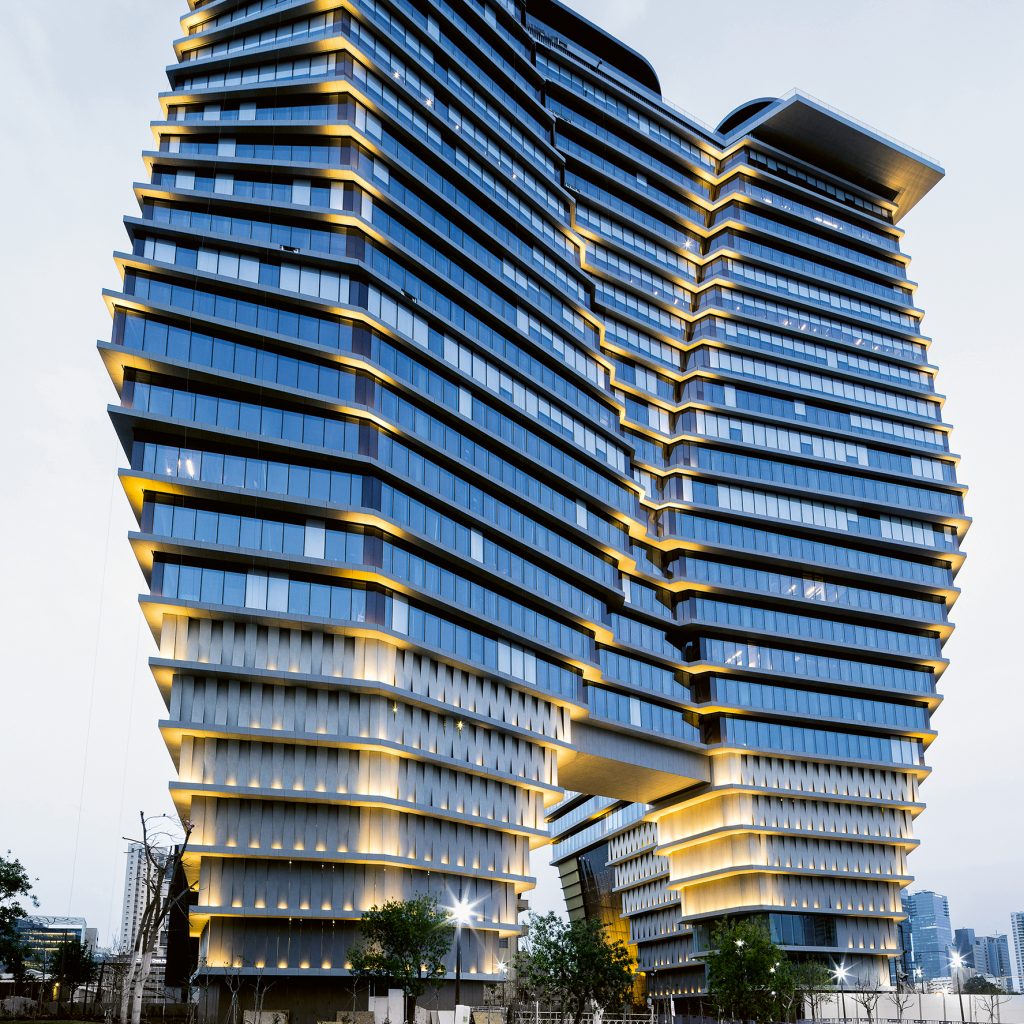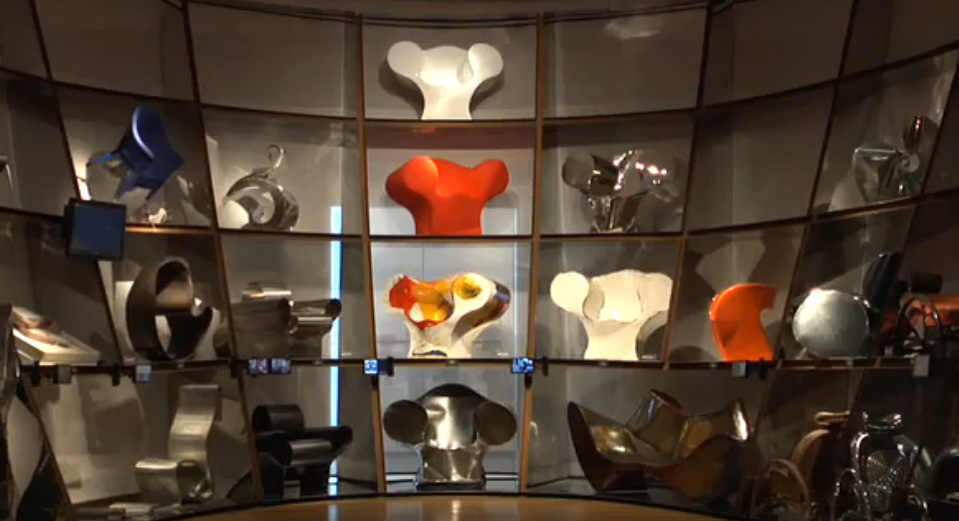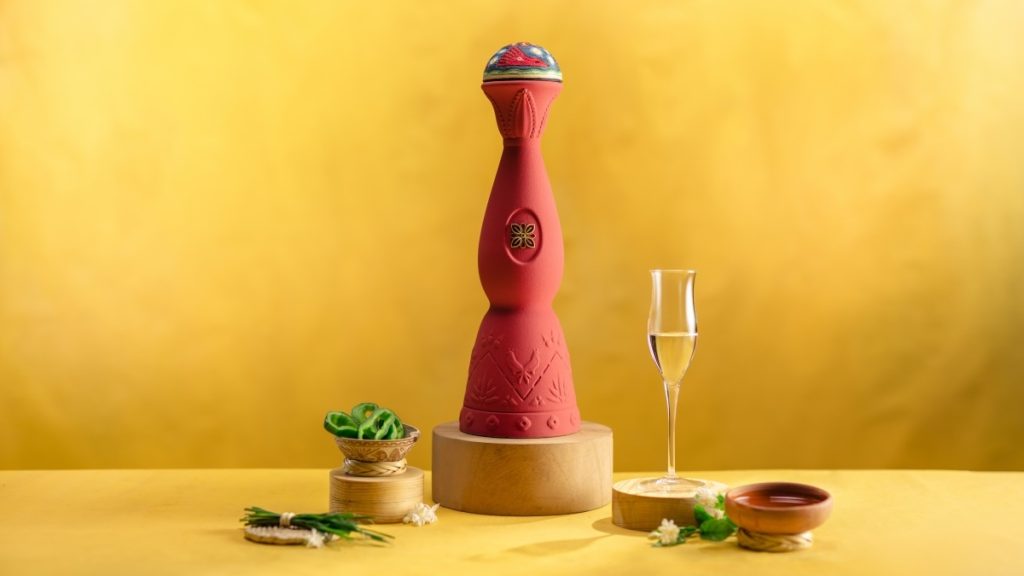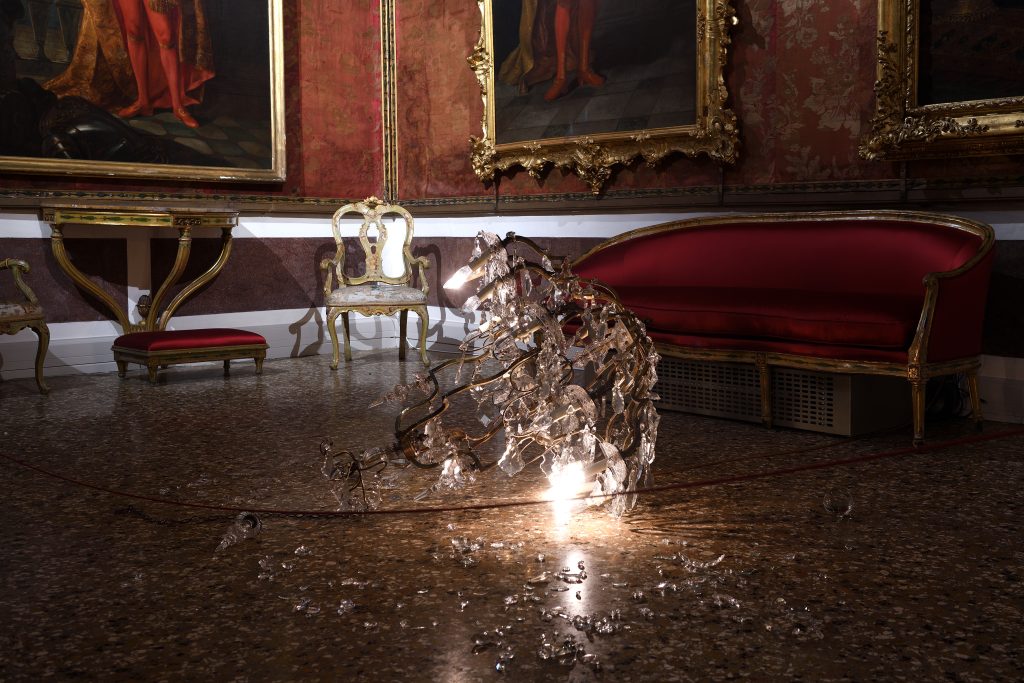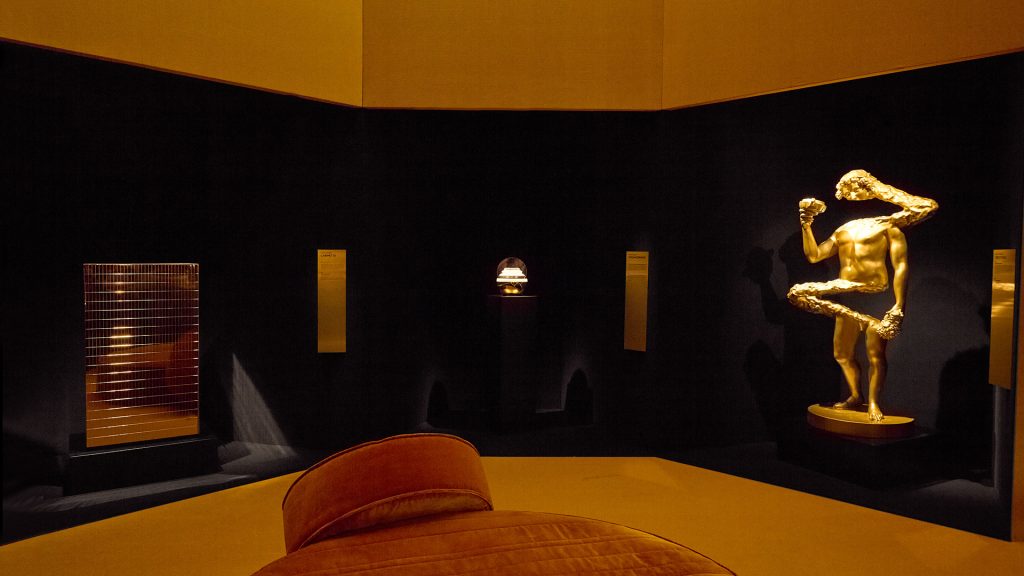Link About It: This Week’s Picks
Lou Reed on Yeezus, Ikea refugee shelters, blind photography and more in our look at the web this week


1. Ron Arad In Reverse
Israel’s talented designer Ron Arad recently opened a new exhibit at the Design Museum Holon (which he also designed in 2010) called “In Reverse.” Inspired by his love for metal, the series explores the physical characteristics of automobiles—primarily Fiats—put under pressure. Arad explains this is about the shift of physical and digital states, but in reverse. Instead of turning one state into the functional product of the other, he renders the perfectly functional objects useless in a comment on materialism and sentimental attachment to objects.
2. Lou Reed on Yeezus
What does a Rock and Roll Hall of Famer have to say about a hip-hop album? Lou Reed, whose career launched with the Velvet Underground, candidly reviewed Kanye West’s Yeezus on Talkhouse, a relatively new platform where musicians discuss other musicians’ work. Reed’s thoughts on the album were very unequivocally positive and required the frequent use of emphatic italics, catching the attention of the
New York Times. This adds more fuel to the already fired-up discussion on West’s most experimental album to date.
3. Spy-Proof Typeface
South Korean typographer Sang Mun has created a suite of fonts called ZXX to slow down NSA eavesdropping. Letters are obscured by dots and dashes, and other large letter characters, so software can’t digest the phrases into legible data. Mun knows he can’t hold off the NSA for long, but he appreciates the subtle humor in the political statement as a nice graphic protest. If you’re interested in getting in on the stunt, check out the fonts and download them yourself.
4. Your Next iPhone
After a limited release of the upcoming iOS 7 for iPhone and iPad, the new operating system has largely been recognized for its change in graphics and typefaces. However, critics and tech gurus agree there is more than meets the eye. The iOS 7 reveals entirely new capabilities and hardware functions that will impact the way apps are designed as well as the ways we use these everyday technologies. For example, the new user interface features a physics engine, opening up a whole new motion-based design language. Meanwhile, hints at new sensors suggest the possibility of increased security.

5. Guggenheim Lab Out of Gas
BMW prematurely ended its partnership with the Guggenheim Lab, a traveling architect-designed space where curators invite creatives to offer solutions to urban living issues. Though BMW is pulling out just two years into its six-year partnership agreement, the Guggenheim Lab is not going quietly. The project will finish its global run in New York this October with a retrospective examining urban themes born out of its host cities around the world.
6. Ikea’s Refugee Shelter
In its latest design venture, Ikea is looking to offer a flatpack solution to refugee housing for the UN Refugee Agency. The company hopes to replace outdated tents with something more sturdy. Like all Ikea products, the shelter comes in a box with an illustrated instruction manual, so it’s easy to transport and construct. The kit comes with a solar panel for energy and insulating panels for harsher weather conditions. Though the project is still in its trial stage, the Ikea Foundation expects it to be huge—with millions of dollars in funding already acquired.
7. Kodachrome War Memories
Until now, black and white images, visions of elderly veterans and Hollywood storytelling have defined the youth’s perception of World War II. With the release of the United States War Department’s vivid Kodachrome photos, we can now bring to life a crisp, colored history. The images vibrantly document vehicles, men and machines preparing on the home front. The technology and attire of the time has been captured and a sense of anticipation unfolds as art meets photojournalism.
8. Blind Photographer
When Pete Eckert lost his vision in his early 20s, he picked up a camera. As odd as the situation sounds, Eckert explains in the Avant/Garde Diaries’ short documentary, he was already on his way to a visual career—having completed a degree in fine arts and soon to commence a masters program in architecture—when he received the news. Now, by shooting in a completely dark room with flashlights and strobes, which act essentially as brushes to paint his subjects, he visually captures what only his mind’s eye sees.

9. Lacoste’s Peter Saville Logo Limited Line
To celebrate their 80th anniversary, Lacoste tapped graphic designer Peter Saville to re-imagine their logo. His manic scribblings, which replace their iconic alligator, hint at its absence rather than offer a new take on it. The limited edition series will initially begin only as 80 men’s polo shirts and 80 for women, starting 15 November 2013, and will only be sold through select retailers for $547 each.
10. Self-Spying with Metadata
With the help of the Immersion project, MIT Media Lab’s new metadata tracker, you can spy on your own digital history. By heading to the Immersion media site and granting them access to your Gmail account (scary, we know), your personal network information plots itself along a colorful—if not creepy—map. The visualizer draws from your email communication, via the From, To, CC and Timestamp fields, wrapping frequency with history and in an eerie way, allowing you to view your digital life from afar. The realization offers a glimpse at who you’re actually communicating with the most and for how long it’s been going on, and is especially jarring when portrayed in a lively artistic scheme.
11. Materials Matter
Nike takes its R&D seriously: eight years of tracking water usage and waste from using different types of materials for shoes and apparel has built up an entire database of research to help measure and reduce the athletic company’s ecological footprint. Rather than keeping this information to themselves, Nike has created a free educational app for any product designer to use. “Making” compares the sustainability and environmental impact of 22 different materials such as cotton, silk, polypropylene, ramie and more, putting the power of information and choice into the arms of a future generation of designers.
12. Microinteractions and the Future of UX Design
Inspired by the Eames quote, “The details are not the details. They
make the design,” Dan Saffer—Smart’s Director of Interaction Design—recently wrote a book called Microinteractions, which explores how details make systems feel more human and add to an overall
larger design. For example, unlocking your smartphone is a
microinteraction. This and an innumerable number of others like it are
everywhere in our daily lives. And ultimately the collective
experience—whether pleasant or not—determines the success or failure
of a product as a whole.
